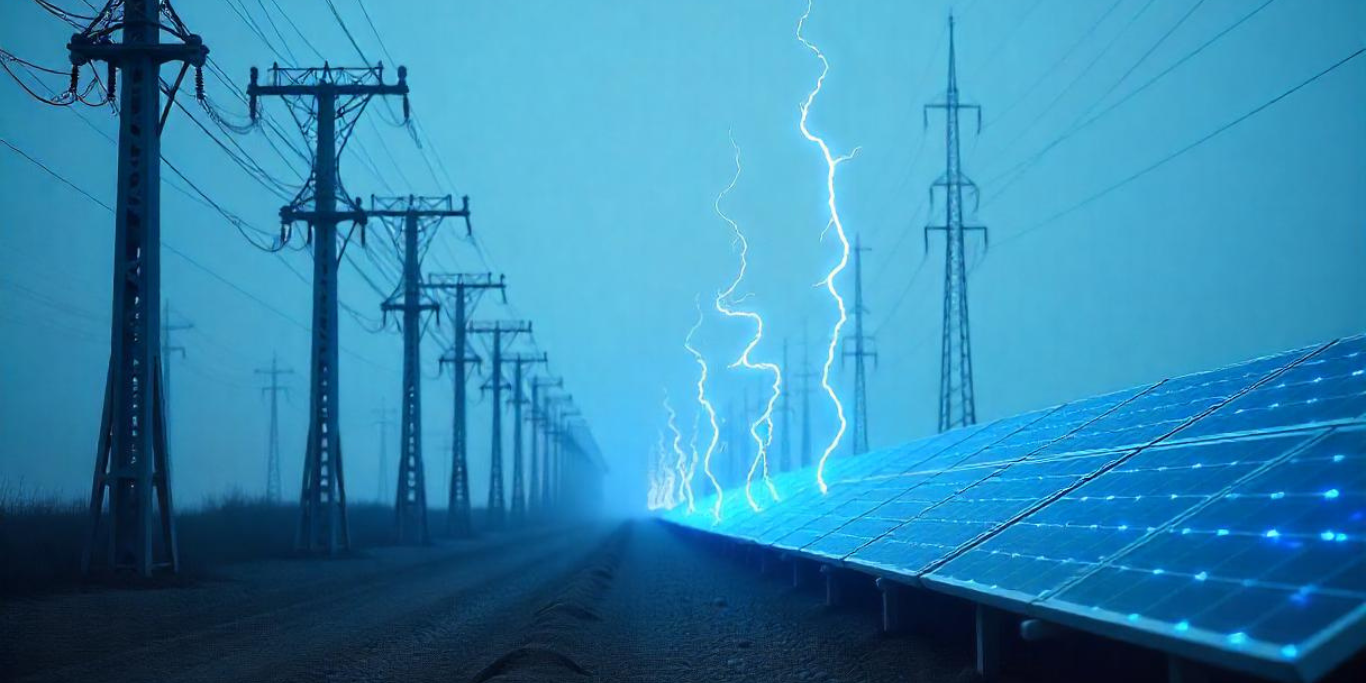How Does Solar Energy Converted Into Electricity? The Future of Clean Power
As the world moves towards sustainable energy solutions, understanding how does solar energy converted into electricity is crucial. Solar power is one of the cleanest and most abundant sources of renewable energy, helping reduce reliance on fossil fuels and lower carbon emissions. In this article, we’ll explore the process behind solar energy conversion, its benefits, and its role in modern electrical energy distribution.
Understanding the Description of Electrical Energy
Before diving into how is solar energy converted to electricity, it’s essential to grasp the description of electrical energy. Electrical energy refers to the power generated by moving electrons through a conductor, supplying energy to homes, businesses, and industries. Unlike other energy forms, electrical energy can be transmitted over long distances efficiently, making it a key component of global energy distribution.
How Does Solar Energy Converted Into Electricity?
The process of how does solar energy converted into electricity involves several steps:
- Solar Panel Absorption: Photovoltaic (PV) cells in solar panels absorb sunlight, exciting electrons and generating direct current (DC) electricity.
- Inverter Conversion: Since most homes and businesses use alternating current (AC), an inverter converts DC electricity into AC.
- Energy Distribution: Converted electricity flows through power lines to be used immediately or stored in batteries for later use.
- Integration Into the Grid: In many cases, excess solar energy is fed back into the electrical grid, supporting sustainable electrical energy distribution.
The Discovery of Electrical Energy
To fully appreciate solar energy’s impact, it’s helpful to understand how was electrical energy discovered. The journey began with early experiments by scientists like Benjamin Franklin and Michael Faraday, who uncovered the principles of electricity and electromagnetism. Their discoveries paved the way for modern power generation, including solar energy conversion.
Learn More About Electricity and Electrical Energy!
Electricity and electrical energy are fundamental to modern society, powering everything from small household appliances to large-scale industrial operations. Understanding the principles of electricity, its generation, and distribution can help consumers make informed choices about energy consumption and efficiency. Electrical energy is unique because it can be generated from various sources, including fossil fuels, nuclear power, and renewable energy like wind and solar.
Additionally, innovations in energy storage and smart grids are transforming how we use and distribute electricity, making the energy sector more sustainable and efficient. To explore these topics in more detail, check out our comprehensive guide: Electricity and Electrical Energy.
Benefits of Solar Energy in Electrical Energy Distribution
- Sustainability: Solar energy reduces dependence on non-renewable sources, lowering greenhouse gas emissions.
- Cost Savings: Over time, solar power lowers electricity bills and provides long-term savings.
- Energy Independence: With solar panels, homeowners and businesses can generate their own power, reducing reliance on external suppliers.
Get Expert Advice on Electrical Energy Services
If you’re looking for professional energy solutions, explore our services:
Conclusion
Understanding how does solar energy converted into electricity is key to making informed energy choices. Solar power plays a vital role in modern electrical energy distribution, helping create a more sustainable and energy-efficient future. By investing in renewable energy, we can reduce our environmental impact and move towards a cleaner, greener world.
Stay Informed!
Want to stay updated on the latest developments in solar energy and its role in sustainable power solutions? Visit our blog for expert insights, energy-saving tips, and the newest trends in renewable energy.










